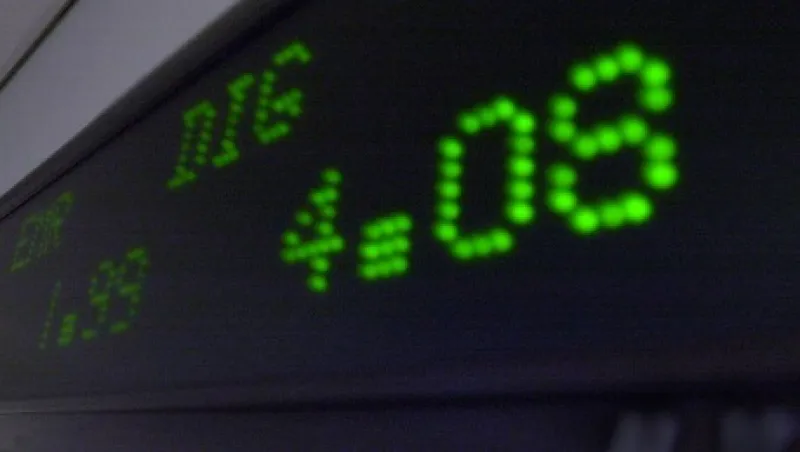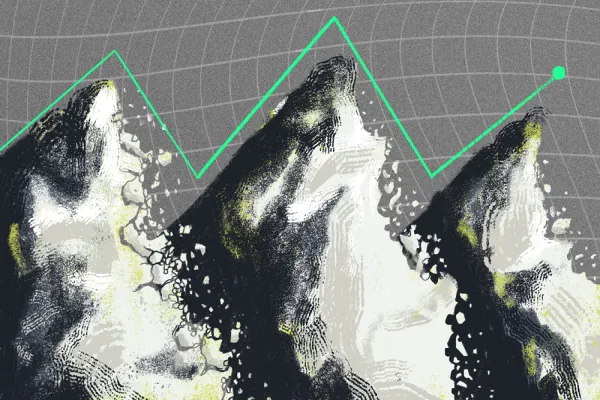The Securities and Exchange Commission first tried to implement a new rule that would widen tick sizes via the Jumpstart Our Business Startups Act of 2012, arguing that decimalization has had a direct negative impact on initial public offerings and job creation in the U.S. However, after looking at the statistics, the SEC decided it couldn’t find a link, and the agency canned the project in July 2012.
Since then both IPOs and job creation have picked up. But that didn’t stop Washington. In February the House of Representatives overwhelmingly passed the Small Cap Liquidity Reform Act — introduced by Wisconsin Republican Sean Duffy and Delaware Democrat John Carney — which was based on the premise that wider tick sizes would boost small-cap liquidity and improve trading.
Although the Senate never passed the bill, it seems to have encouraged the SEC to revisit the issue of tick size. On June 24 the commission released its directive for a pilot tick-size program for the U.S. equity markets. With its latest move the SEC has changed tack: Instead of helping small-cap companies, it is trying to make markets better for institutional investors and exchanges — arguably, two of the biggest losers from decimalization and regulatory changes that encouraged competition among markets.
We hope it makes it easier to trade.
In principle, wider tick sizes seem logical. Wider spreads will cost more to trade. Higher costs should lead to an increased effort to capture spread, which in turn adds more bids and offers to the order book. A deeper book makes it easier to trade, at least for those with larger orders.
Wider spreads should also provide a big incentive to market makers. At 1 cent, a $20 stock trades with a 0.05 percent spread. That’s not much edge for a market maker when the average stock moves closer to 1.5 percent in a day. However, a 5-cent spread not only reduces the volatility of the market bids and offers, it provides a much bigger return for the potential risks.
That’s all good in theory, but will wider spreads work? To answer this question, we looked at data. By comparing stocks with different spreads in today’s market, we can guess at how things might turn out under the new tick-size rules.
The first thing we discovered is that costs are almost certain to go up — at least, for most investors. We see this already when we look at equivalent stocks that trade with narrow and wide spreads. Shortfall, or trade impact cost, is higher for stocks with wider spreads.
As traders try to manage the increased costs, they’re likely to attempt to capture spread by posting orders on the near-touch — that is, the bid (for a buyer) and offer (for a seller). However, we don’t think traders will stop there.
Posting increased size will lead to a phenomenon known as signaling. Bids and offers in lit markets make it much easier for day traders to detect large buyers and sellers. Signaling could move markets away from investors before they even get to trade.
Traders are likely to look for other ways to capture spread.
There are multiple ways to reduce signaling and spread costs, but none of them helps the SEC achieve its objective of transparency or liquidity for large blocks of stock.
For example, traders could use dark order types or trade more in dark pools. This would move more trading into the dark, counter to the SEC’s objective of improving transparency. Realizing this, the agency has proposed one of three pilots to include a “trade-at” provision. Stocks in this pilot will need to lift exchange volume before crossing at the touch, or best bid and offer. Although this will partly add to transparency, it will subject this pilot to the cross-currents of maker-taker and order-protection rules.
Already, about 40 percent of all trading is internalized — that is, the broker matches buyers and sellers without an exchange. This helps investors avoid the unnecessary costs of paying exchanges and market makers for liquidity. Trade-at rules stop dark pools from trading at the market bid or offer, only allowing trades at those prices to occur on an exchange, which then usually adds a fee.
It’s even more likely that traders will make use of midpoint orders on exchanges and in dark pools. These permit trades at a price in the middle of the spread, without signaling, and are allowed in all three pilots.
Midpoint trades are already popular in today’s markets. They represent about 15 percent of all trades, split evenly between dark pools and exchanges. But midpoint trades may defeat the SEC on two fronts. Not only do they reduce transparency, they can cut the effective spread in half, allowing a dark market to form a 2.5-cent spread even though traders on exchanges must quote in 5-cent increments.
As we pull harder on this thread, other aspects of market structure get tangled. Large order books with high signaling and wide spreads are likely to see the bid move higher all of a sudden, when the weight of buyers to sellers reaches a tipping point. If queue priority is important for 1-cent spreads, it is going to be even more important for a deeper order book caused by 5-cent spreads. Speed will become even more critical to the traders who can take out the offer and be first in the new order queue.
But perhaps we’re missing the point. Markets are already complex. Even the experts can’t be experts in everything. Data moves at the speed of light, across multiple venues, with different trading subsidies and order types. Bifurcating the stock market into two separate universes — one that trades in 1-cent spreads and another that trades 5 cents wide — seems to be adding to, not reducing, the complexity with which we live.
For KCG’s full analysis of the tick-size pilot, read “Who Gets the Short End of the Tick.”
Phil Mackintosh is the head of trading strategy and analysis at KCG Holdings, one of the world’s largest independent market makers.
Get more on trading and technology.






